Pflugerville Wilbarger Regional WWTF
Garver’s evaluations addressed capacity needs while saving millions in construction costs
The City of Pflugerville’s residential and commercial growth has resulted in the immediate need for a significant increase in treatment capacity to support the community as it continues to develop. The City selected Garver to provide planning, design, and construction for the new, greenfield Wilbarger Creek Regional WWTF. The plant will help the City meet the continued demands of population growth and plan for future expansion.
While initially the construction of an 8 MGD facility was planned for, our team designed a phased 6 MGD facility that will maximize the use of the new Wilbarger facility, the existing Central WWTF, and a flow-split structure at the Carmel Lift Station, that saved millions in initial construction costs for the City. During the conceptual phase, our team reviewed the projected future flows from the Cottonwood basin to determine if a third WWTF was needed or if the Wilbarger facility could handle the flows. The results of this evaluation will see that the City has sufficient, but not excess capacity, that flows from the City’s three basins are accounted for, and that the City can continue providing wastewater services in an operationally efficient manner.
During the conceptual design phase, our team prepared a master plan for the City through 2050, which includes an expansion to 15.75 MGD and an ultimate buildout of 24 MGD. The conceptual design also includes significant environmental assessments, hydrology studies, geotechnical engineering, survey, modeling, and phasing analysis to allow for continued development.
Garver then evaluated the facility’s secondary treatment system including anaerobic-anoxic-oxic (A20) tapered aeration biological nutrient removal (BNR) and extended aeration oxidation ditch BNR with simultaneous nitrification denitrification. Each process was examined with and without primary clarification, giving the City four alternative processes. Garver will continue to partner with the City to implement these alternatives. Our team will also conduct evaluations to determine the best path forward at each stage of the plant, including influent pumping, headworks, grit technology, blowers, tertiary filters, UV disinfection, odor control, sludge pumping, solids thickening, and dewatering.
Finally, we implemented a detailed communications plan to coordinate with the firm designing the influent interceptor, the TWDB, TCEQ, the FAA (as the facility site is near the Austin Executive Airport), City staff, city council, and stakeholders near the site, because our team understands that coordination between the stakeholders of projects at this scale is key to successful project delivery.
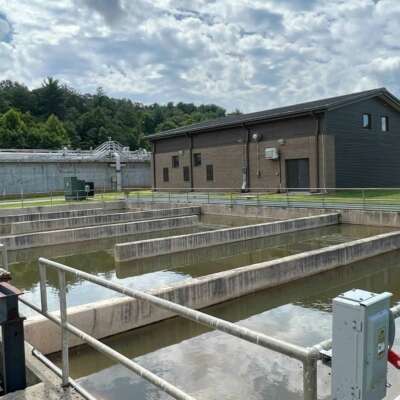
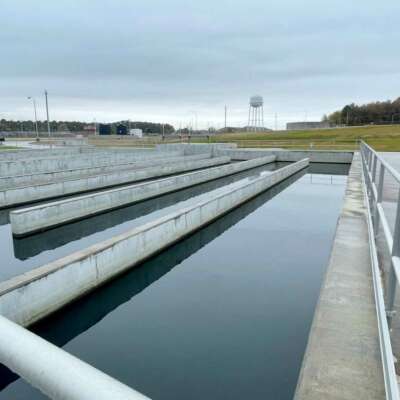
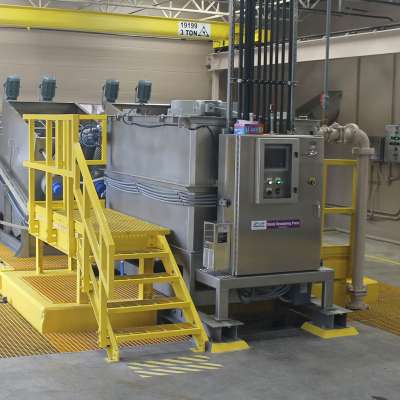
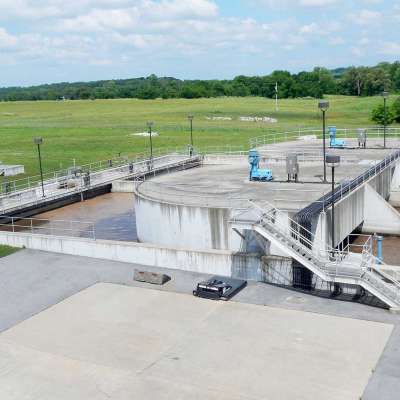

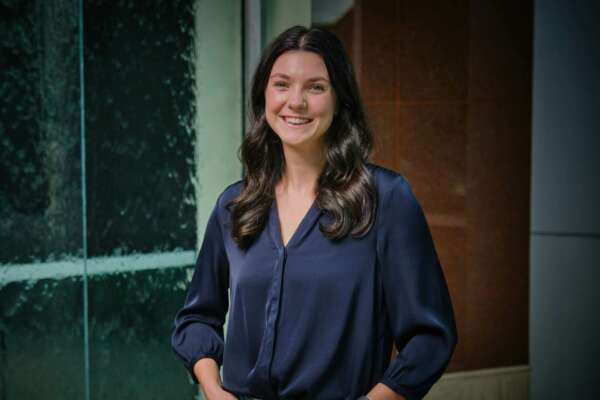

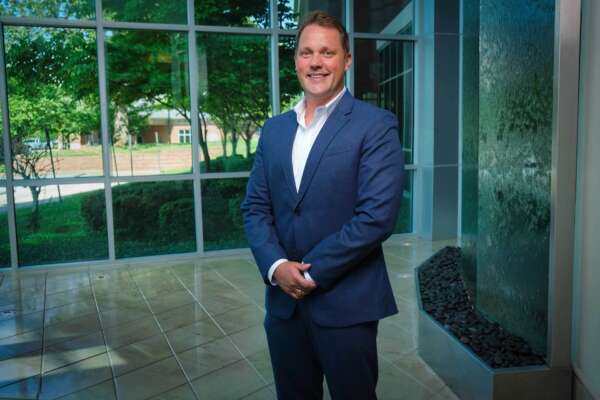
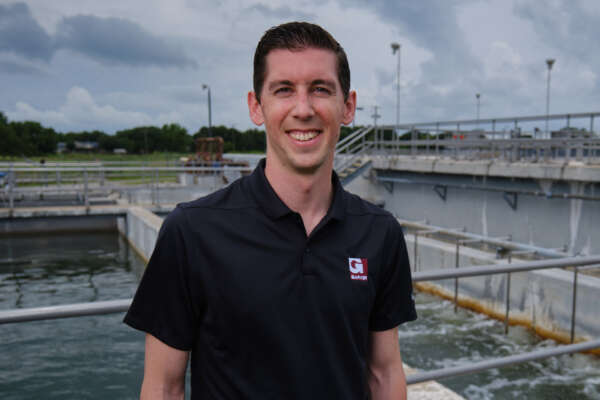
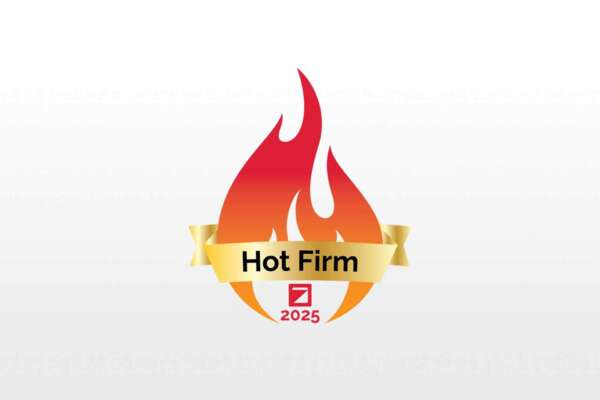



Share this article